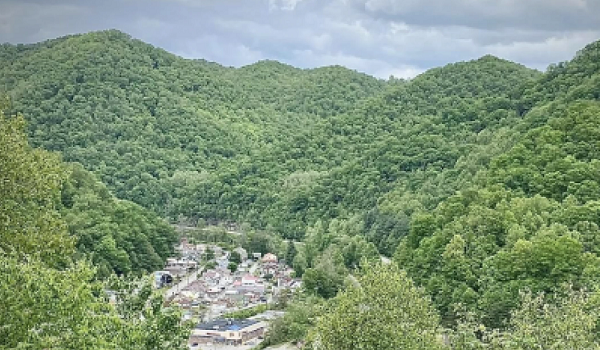
MOUNTAIN STATE SPOTLIGHT / WVPB — Although West Virginia is currently leading the nation in its vaccination rate, and gaining accolades for doing so, the state has primarily aimed for the low-hanging fruit, beginning with health care workers and nursing home staff, and now including some teachers and those who work in higher education. But as the state receives more doses of the vaccine and moves to vaccinate the general population—people 65 and older as of Jan.19—the task becomes trickier.
“When you have to get the vaccine distributed out as widely and as quickly as possible, the inequities that already exist have the potential to be further amplified,” said Dr. Elizabeth Miller of Pitt Medicine and BCHS. Miller has been heading an initiative to encourage vaccination in under-resourced communities.
“Rural communities have been devastated by lack of access to preventive services and comprehensive care,” she said. “It is absolutely critical that rural communities are front and center of vaccine distribution.”
Miller said the key is to find balance between getting the vaccine out as quickly as possible through major distribution hubs — which is what West Virginia is currently doing — and prioritizing the most vulnerable residents who may be difficult to reach. That, she said, is best accomplished through communication with the people working on the ground.
“We have to rely on leaders in our rural communities and listen to them in terms of where and who should be leading the vaccine distribution planning in those areas,” Miller said.
Read full story
Image: Mullens, Wyoming County, West Virginia. (Nathan England)
1/22/2021